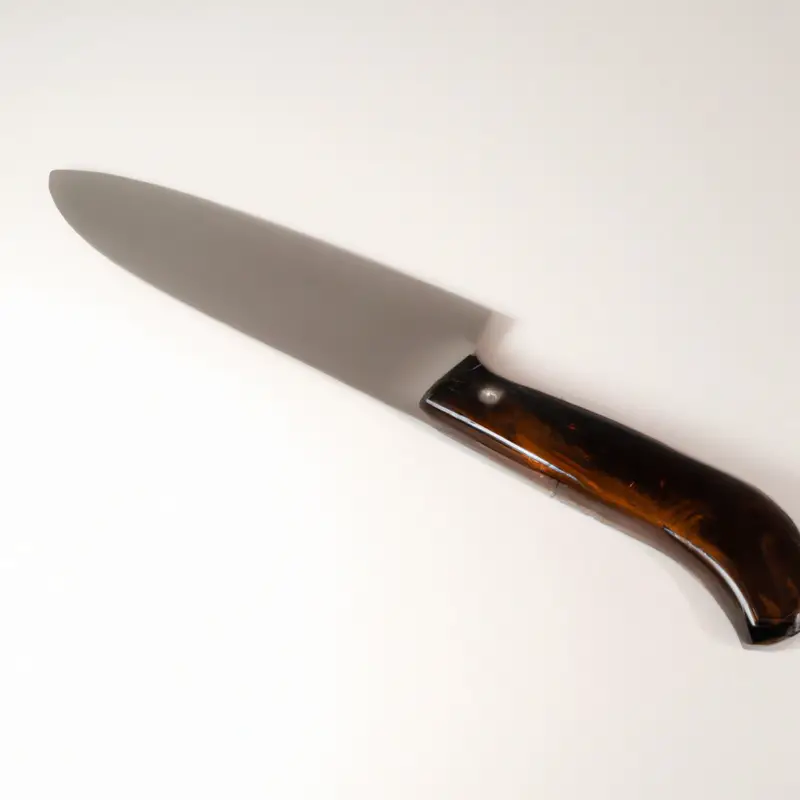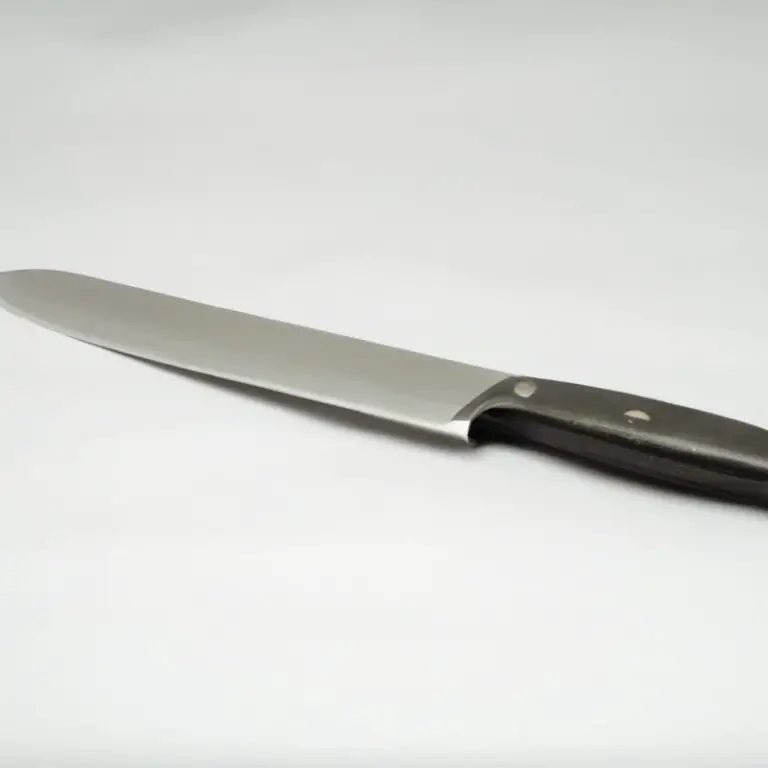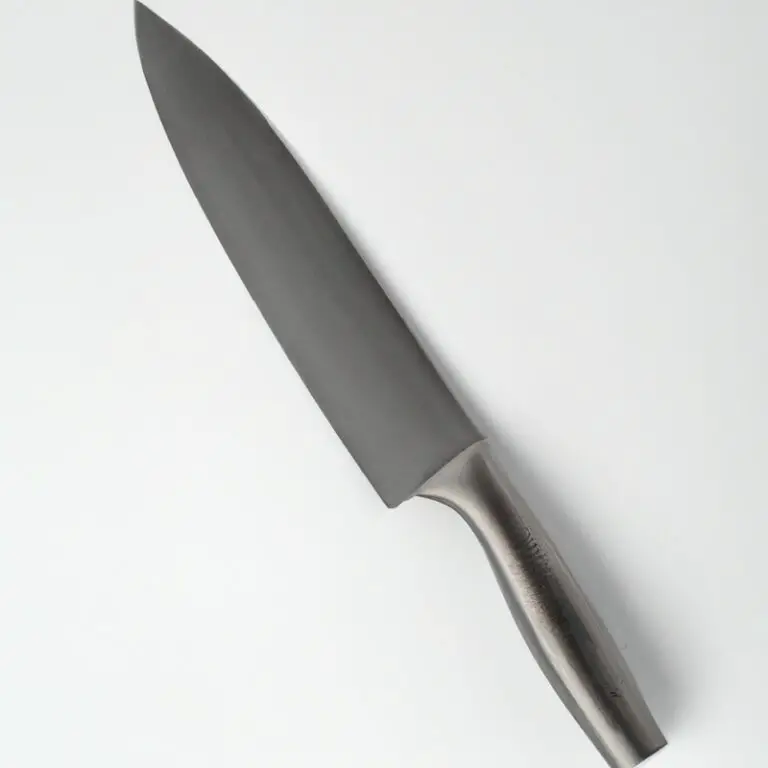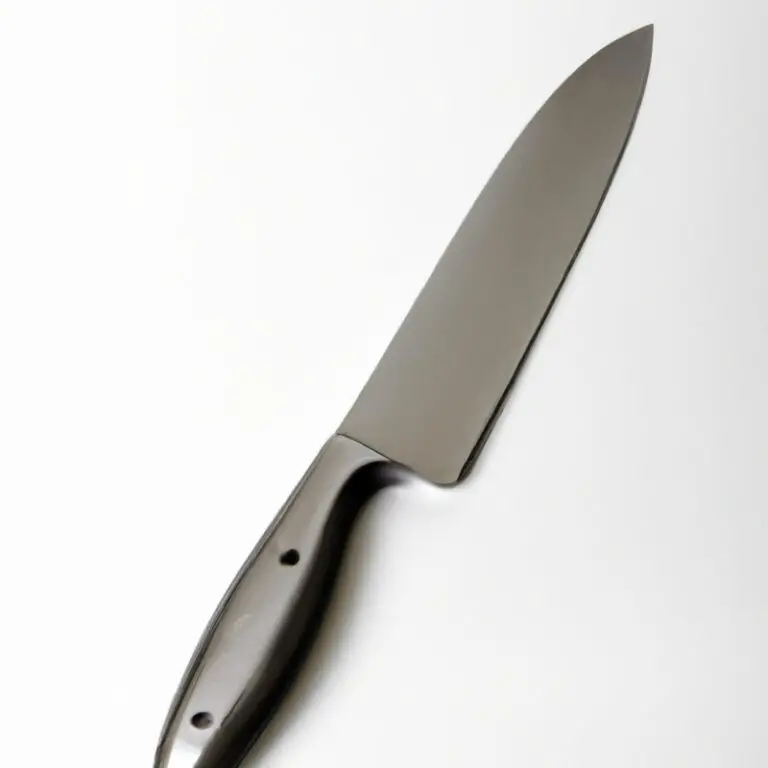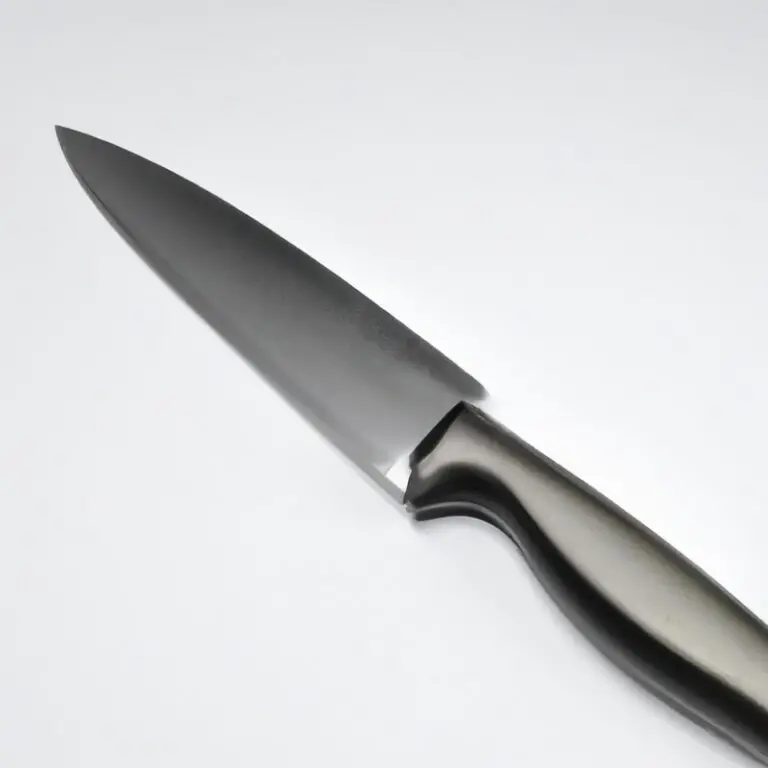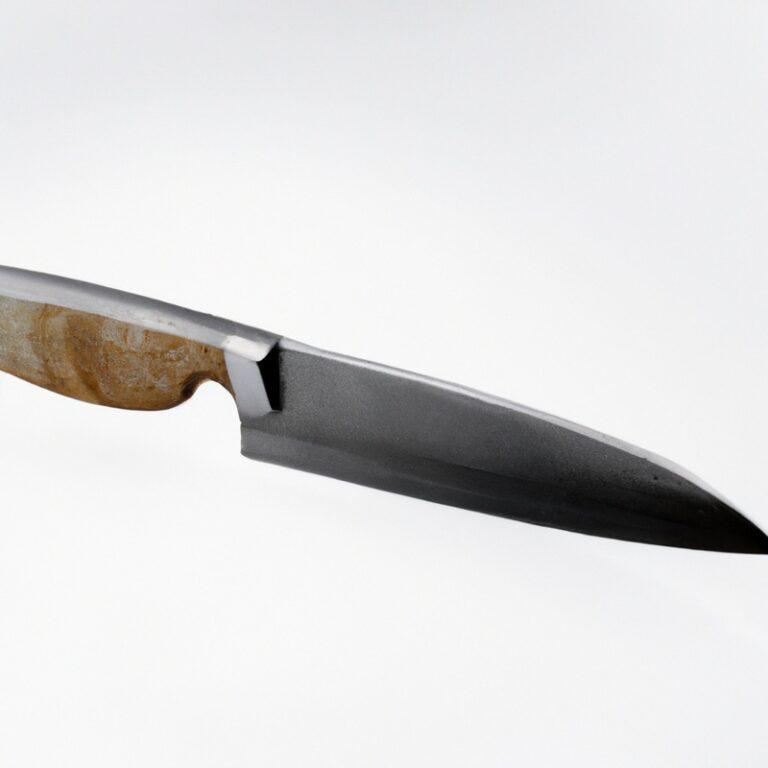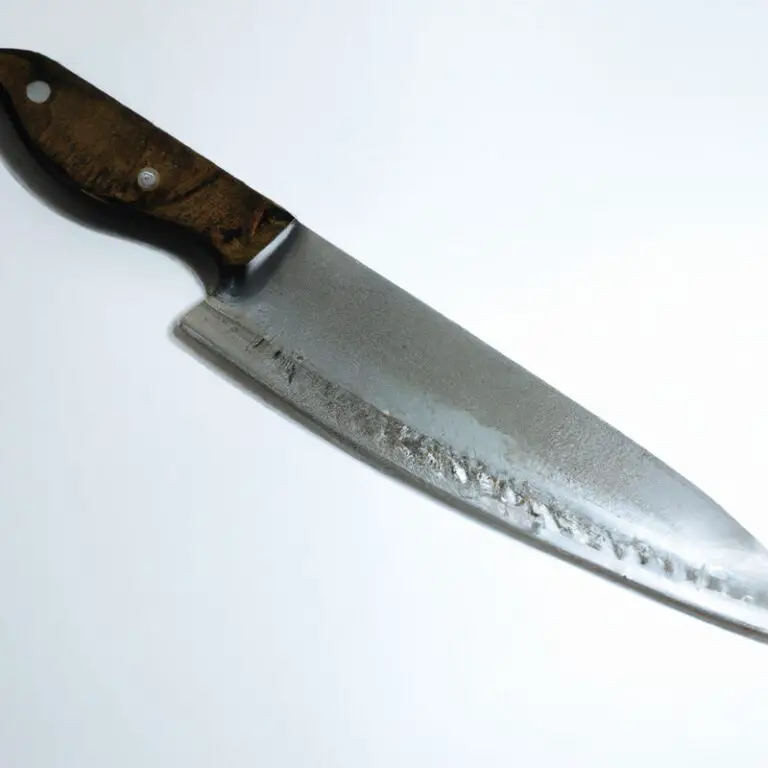How To Fillet a Yellowfin Tuna Using a Fillet Knife? Master The Art With These Tips!
Key Takeaways:
- A sharp fillet knife is essential for successful yellowfin tuna filleting.
- Proper cleaning and preparation of the fish before filleting is crucial.
- Understanding the anatomy of the fish is important for efficient and effective filleting.
- Practice and patience are key to mastering the art of yellowfin tuna filleting with a fillet knife.
Are you ready to level up your seafood game? Filleting a yellowfin tuna is a rewarding yet challenging task, but with the right tools and techniques, you can become a pro in no time.
And when it comes to filleting, nothing beats a good fillet knife.
In this article, I’ll guide you through the step-by-step process of filleting a yellowfin tuna using a fillet knife. From preparing the fish to portioning the fillets, I’ll cover everything you need to know for a flawless filleting experience.
Get ready to impress your friends and family with your freshly filleted yellowfin tuna!
| Step | Description |
|---|---|
| Step 1 | Place the yellowfin tuna on a cutting board, belly side down. Insert the tip of the fillet knife behind the pectoral fin, and make a shallow cut towards the head. Turn the knife blade towards the tail and make a clean cut through the skin, stopping at the backbone. |
| Step 2 | Run the fillet knife along the backbone, separating the fillet from the bones. Use long smooth strokes with a slight rocking motion, using the ribs as a guide. Cut through the ribs at the top and bottom of the fillet, but avoid cutting into the flesh. |
| Step 3 | When you reach the tail, angle the knife blade towards the skin and cut through the skin to release the fillet. Repeat the process on the other side of the yellowfin tuna. |
| Step 4 | Remove the skin from each fillet. Hold onto the tail end of the skin and slice the meat away from the skin with a back and forth motion, keeping the knife blade flat against the skin. Discard the skin. |
| Step 5 | Trim any remaining bones or dark red meat from the fillets with a boning knife or kitchen shears. Rinse the fillets under cold running water and pat dry with paper towels. |
Why use a fillet knife for yellowfin tuna?
Using a fillet knife for yellowfin tuna is necessary to achieve precise cuts and remove the skin and bones without wasting any meat. A fillet knife has a flexible and thin blade, which allows it to bend and maneuver around the bones and skin of the fish.
Without a fillet knife, it can be challenging to fillet the fish and may result in uneven cuts, leaving some meat behind on the skin or bones.
Using a fillet knife also reduces the risk of injuries since it requires less effort to make clean cuts. Overall, a fillet knife is the best tool for filleting yellowfin tuna.
Step-by-step guide to preparing the tuna for filleting
Step-by-step guide to preparing the tuna for filleting:
- Rinse the tuna under cold water and pat dry with a paper towel.
- Place the tuna on a cutting board or other flat surface, and use a sharp knife to remove the head and tail.
- Take a pair of pliers to remove the fins from the fish.
- Next, make a shallow cut slightly below the gills and work down to the belly of the fish, without piercing the intestines. Then, scoop out the innards of the fish and discard.
- Use a sharp knife to remove the skin from the tuna by working from the tail end towards the head.
- Once you have removed the skin, check for and remove any remaining bones.
- Trim away any discolored or damaged parts of the fish.
- Finally, rinse the tuna under cold water again and pat dry before proceeding to fillet the fish.
By following these simple steps, you can prepare a yellowfin tuna for filleting easily and efficiently.
How to properly position the fish for filleting
Positioning the yellowfin tuna properly for filleting is crucial for achieving quality and consistent cuts. Here’s how to do it:
- Begin by placing the tuna on a clean, flat surface with its belly facing you.
- Use a sharp fillet knife to make a shallow cut behind the gills and down to the backbone. Then, turn the blade towards the head and cut along the backbone towards the tail.
- Use your free hand to gently lift the flesh, and continue cutting along the backbone towards the tail until you reach the end.
- Flip the fish over and repeat the same process on the other side.
- Once both sides are filleted, remove the bloodline, skin and any bones using your knife or a pair of pliers.
By following these steps, you can easily position the yellowfin tuna for filleting and achieve the desired results.
Techniques for removing the skin and bones from the tuna fillet
To remove the skin and bones from a yellowfin tuna fillet, start by making a small incision at the tail end of the fillet. Next, use a sharp fillet knife to carefully slice between the skin and the flesh, pulling the skin away as you go.
Take care not to remove too much flesh with the skin.
To remove the bones, run your fingers over the fillet to locate any bones that may have been left behind. Use a pair of tweezers to carefully remove any bones that you find.
Be sure to work slowly and methodically in order to avoid damaging the flesh of the fish.
Alternatively, you could also try cutting along both sides of the bone to remove it completely. Overall, removing the skin and bones from a yellowfin tuna fillet requires patience, precision, and a steady hand.
Done correctly, you will be left with a clean and delicious piece of fish that is ready to be cooked and enjoyed.
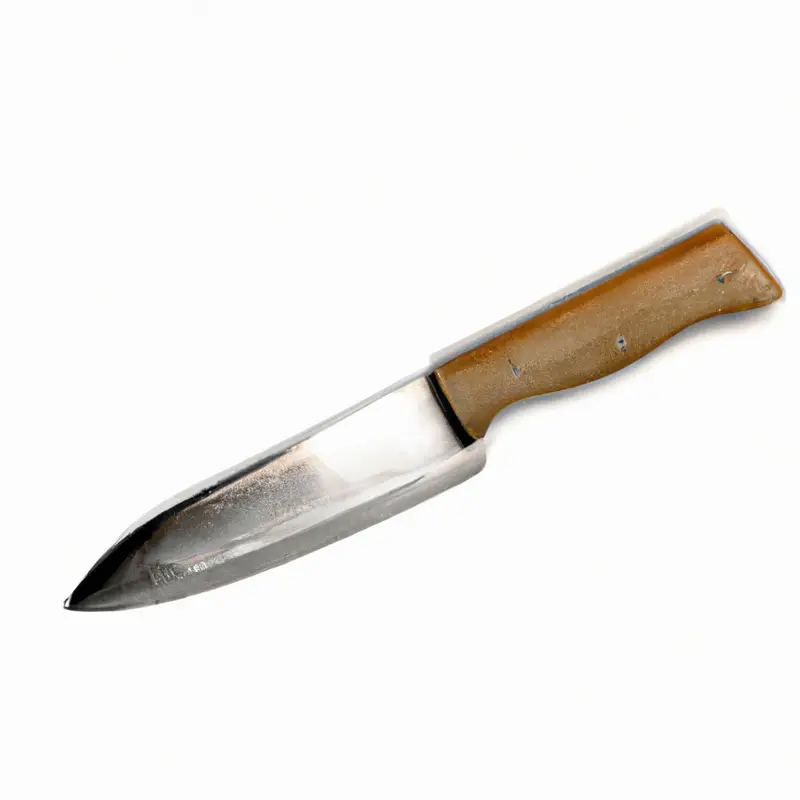
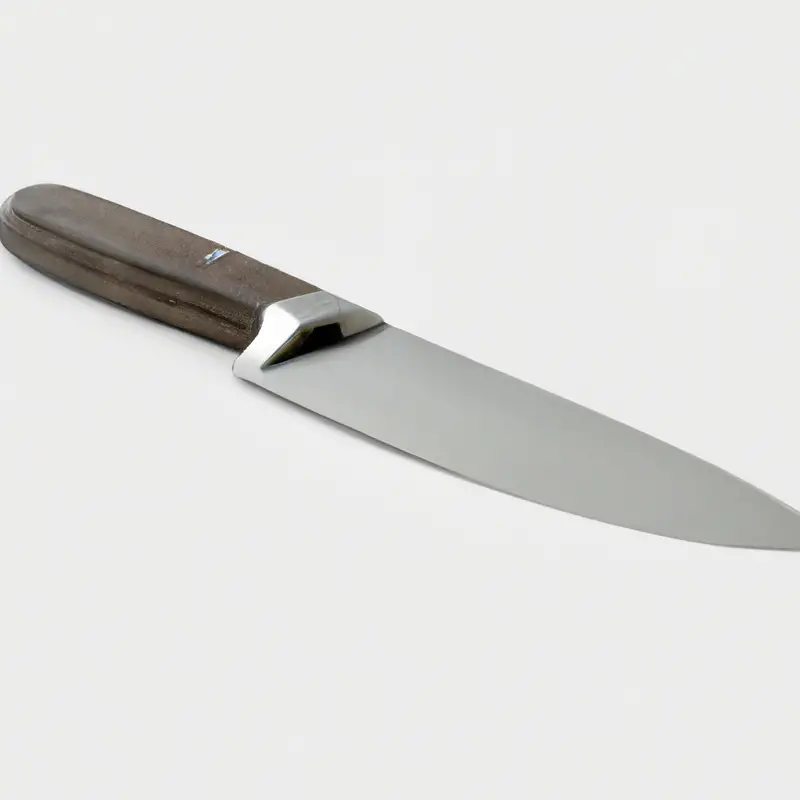
Tips for achieving clean and consistent cuts while filleting
Achieving clean and consistent cuts while filleting yellowfin tuna requires precision and technique. Here are some tips to help you achieve this:
- Use a sharp fillet knife: A dull knife will make it harder to cut through the flesh, resulting in an uneven cut. Ensure that your fillet knife is sharp and maintained regularly.
- Make smooth and controlled cuts: Place the blade at a 45-degree angle and make smooth, uniform strokes through the flesh. Avoid sawing motions, as this will result in a jagged cut.
- Clean the fish before filleting: Ensure that the yellowfin tuna is clean and free from scales, dirt, and debris before filleting. This will make it easier to see the bone structure and reduce the risk of contamination.
- Follow the bone structure: Start at the head of the fish and follow the backbone down to the tail. Use your fingers to feel for the bone structure and make cuts along it to avoid bones in the fillet.
- Use a cutting board: Place the yellowfin tuna on a non-slip cutting board to prevent it from moving during filleting. This will ensure that your cuts are consistent.
By following these tips, you can achieve clean and consistent cuts when filleting yellowfin tuna with a fillet knife.
How to portion the fillets for cooking or freezing
After filleting a yellowfin tuna, you need to portion it properly for cooking or freezing. First, use a sharp knife to trim off any remaining skin or bones.
Then, cut the fillet into portions of your desired size and thickness.
For cooking, aim for portions that are about 4-6 ounces each. For freezing, consider portioning into smaller sizes, such as 2-3 ounce portions, that can easily be thawed for meals.
It is also essential to wrap each portion tightly in plastic wrap or wax paper before placing them in a freezer-safe container or bag.
Clearly label the container or bag with the date and contents before placing it in the freezer. Following these steps will ensure that your tuna fillets remain fresh and flavorful for future use.
Proper cleaning and maintenance of your fillet knife after use
Proper cleaning and maintenance of your fillet knife after use is crucial to ensure longevity and optimal performance. Here are some tips for cleaning your fillet knife after use:
- Rinse the knife with warm water immediately after use to remove any debris and blood.
- Use a mild detergent to clean the blade, handle, and any other parts of the knife.
- Dry the knife with a clean towel or cloth to prevent rusting.
- Store the knife in a dry place, away from moisture and humidity, preferably in a sheath or protective cover.
It’s also important to sharpen your fillet knife regularly to maintain its sharpness. You can use a sharpening stone or honing rod to sharpen the blade.
Remember to always follow the manufacturer’s instructions for sharpening and storing your fillet knife.
By following these simple steps, you can keep your fillet knife in excellent condition and ensure that it performs well for years to come.
Safety precautions to follow while filleting a tuna with a fillet knife
When filleting a tuna with a fillet knife, safety is of utmost importance. Here are some safety precautions to follow:
- Use a sharp fillet knife to minimize the risk of slipping and injuring yourself.
- Always cut away from your body to avoid accidentally cutting yourself.
- Keep your hands dry at all times to maintain a firm grip on the knife and prevent it from slipping.
- Use a cutting board that won’t move around to prevent the fish from sliding around while you’re cutting it.
- Keep your fingers and other body parts out of the way of the blade while cutting.
- Cut the head off the fish before filleting to avoid injuring yourself on the sharp gills.
- Be mindful of the fish bones while you’re filleting as they can be sharp and potentially dangerous.
- Remove any jewelry or accessories that could get caught on the knife or hinder your movements.
- Keep children and pets away from the area where you’re filleting to avoid any accidents.
By taking these safety precautions, you can ensure that your tuna filleting experience is both efficient and injury-free.
Common mistakes to avoid while filleting a yellowfin tuna
Common Mistakes to Avoid While Filleting a Yellowfin Tuna:
- Not starting with a sharp knife: A dull knife makes it difficult to make clean cuts, and as a result, you may end up wasting a lot of meat while filleting a yellowfin tuna. Therefore, it’s essential to have a properly sharpened fillet knife before starting the filleting process.
- Cutting too deep: It’s important to be gentle while filleting a yellowfin tuna. Cutting too deep may damage the bones and spoil the fillet. Therefore, practice cutting gradually, especially around the ribs, to avoid making deep cuts.
- Not removing all the bones: Yellowfin tuna contains a lot of bones, and removing them can be a time-consuming process. However, not removing all the bones can cause discomfort in the mouth while eating the fillet. Therefore, take your time and ensure that you remove all the bones.
- Wasting meat: Yellowfin tuna is a precious fish, and wasting any of its meat can prove to be expensive. Therefore, it’s essential to fillet it correctly to get the best yield.
- Not following the natural contour of the fish: It’s essential to follow the natural contour of the fish while cutting. Avoid making slices that are too thin or too thick as they will not cook evenly.
By avoiding these common mistakes, you can achieve a perfect yellowfin tuna fillet that is ready to be cooked and enjoyed.
Different ways to cook and enjoy the freshly filleted tuna
There are many ways to prepare and cook a freshly filleted tuna. Consider grilling, searing, or baking the tuna fillet.
Tuna can also be enjoyed raw as sushi or sashimi.
Some popular cooking methods for tuna include marinating the fillet or seasoning it with sesame seeds, garlic, or herbs. Tuna can be paired with a variety of sides, such as rice, vegetables, or a salad.
For a healthy and flavorful dish, try topping the tuna fillet with a citrus-based sauce or salsa.
Tuna steaks can also be sliced thin and used in sandwiches or salads. The possibilities are endless when it comes to cooking and enjoying freshly filleted tuna.
Experiment with different cooking methods and seasonings and enjoy the delicious and nutritious benefits of this versatile fish.
Final Verdict
Filleting a yellowfin tuna using a fillet knife can seem daunting, but with the right techniques and steps, it can be a satisfying and gratifying experience. Remember to always prioritize safety, keep your tools clean and well-maintained, and avoid making common mistakes to get the most out of your filleting endeavors.
By following the outlined steps for preparing, positioning, and cutting the tuna fillet, you can achieve clean and consistent results that are perfect for cooking or freezing.
Whether you prefer your tuna raw, seared, grilled, or baked, freshly filleted tuna is a true delicacy that is best enjoyed knowing it was skillfully prepared with your own hands. Now that you’re equipped with the knowledge and skills, it’s time to put them into practice and enjoy the fruits of your labor.
Happy filleting!

